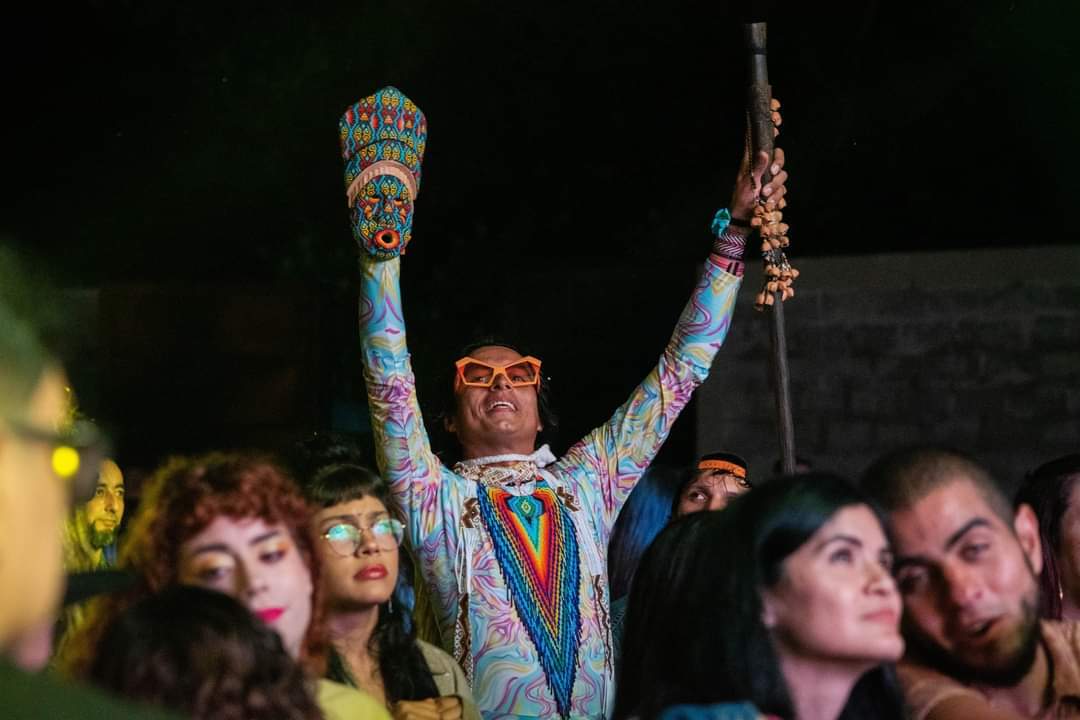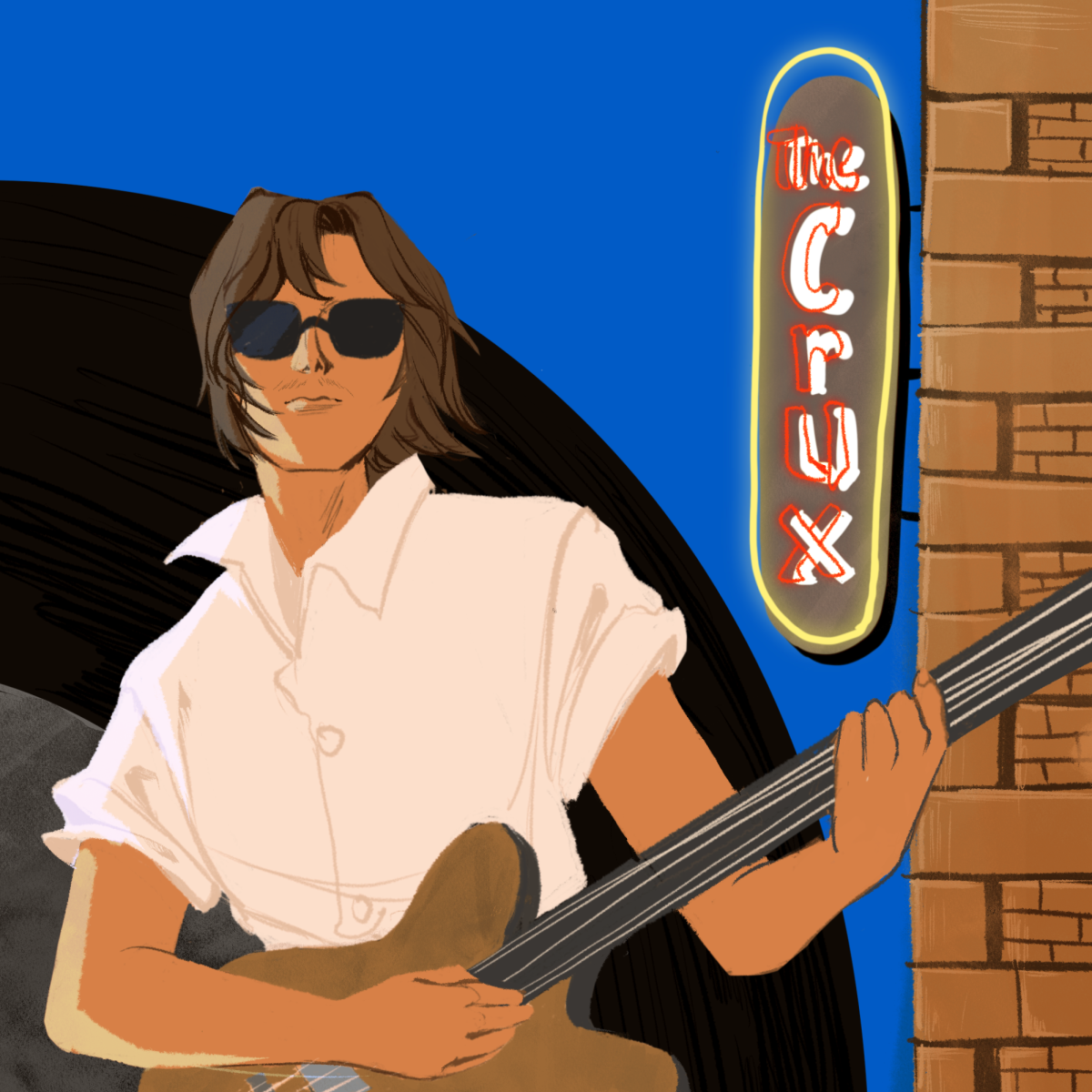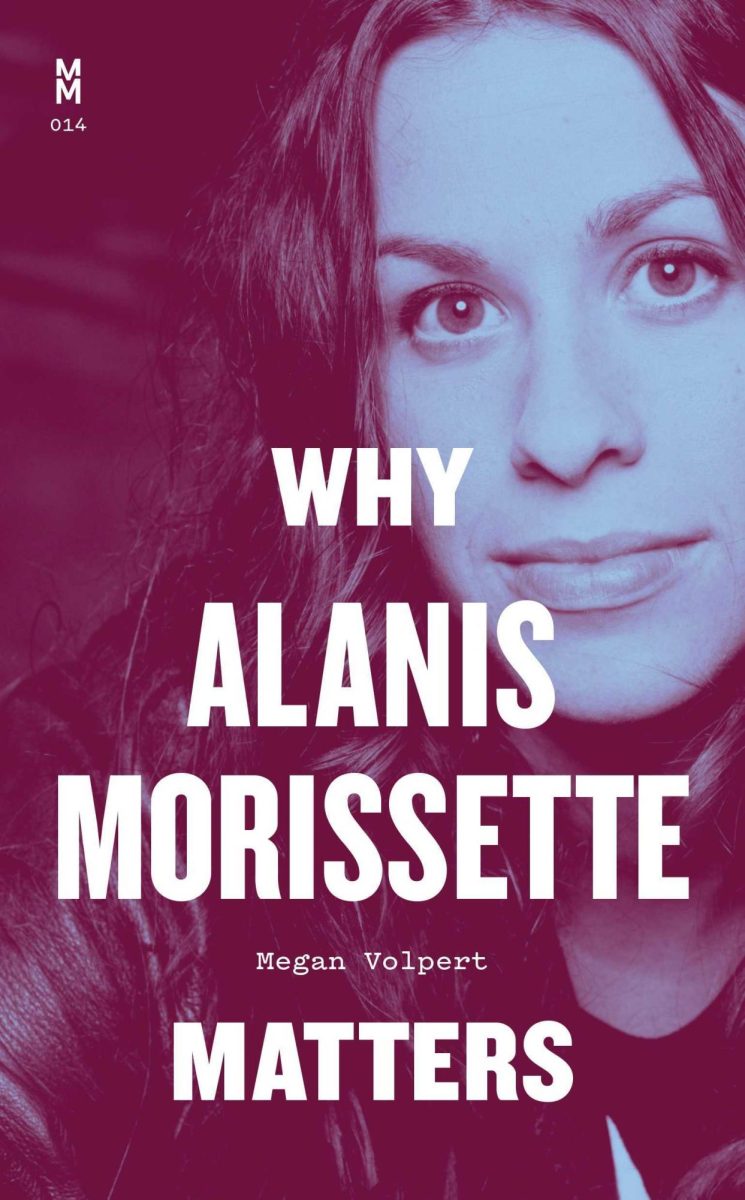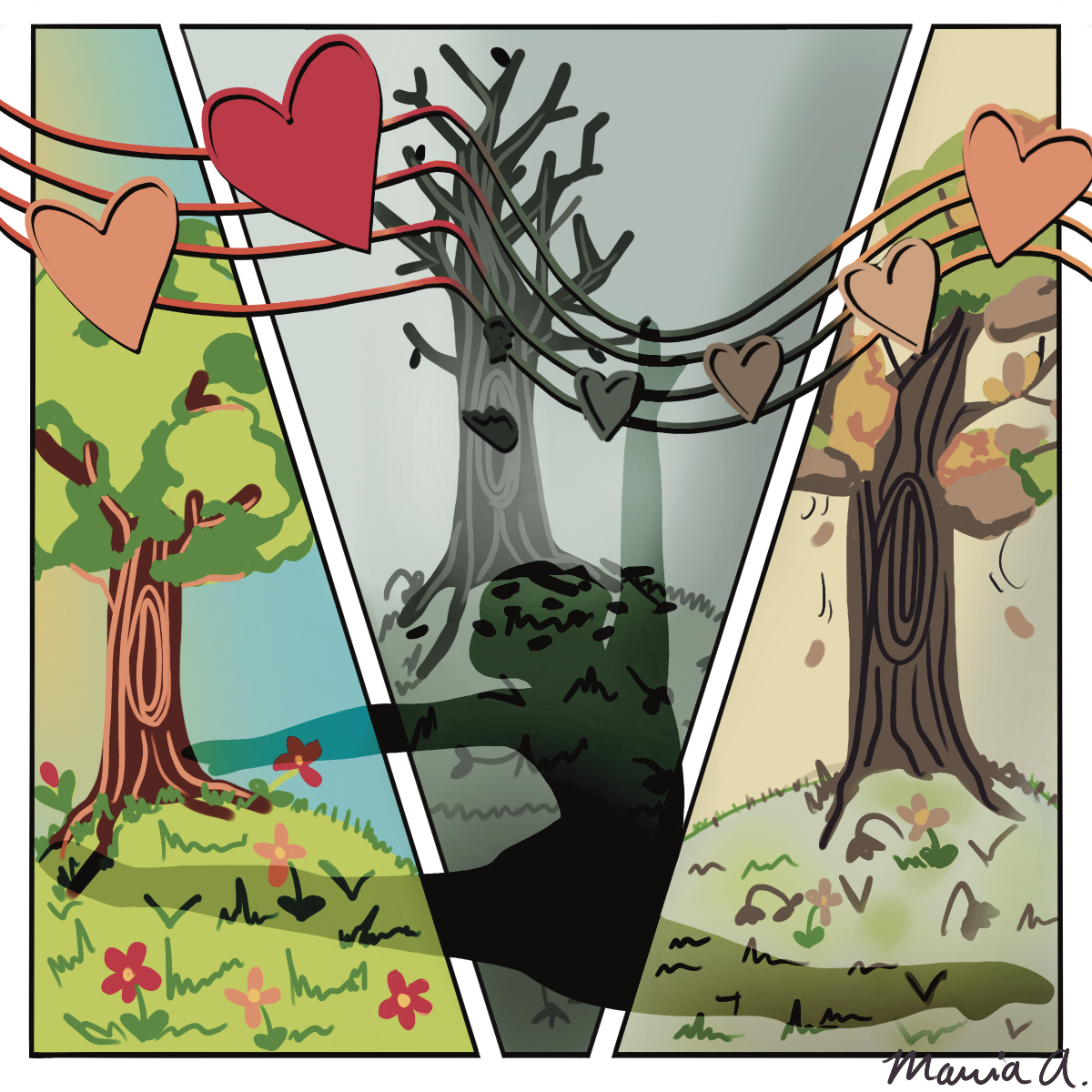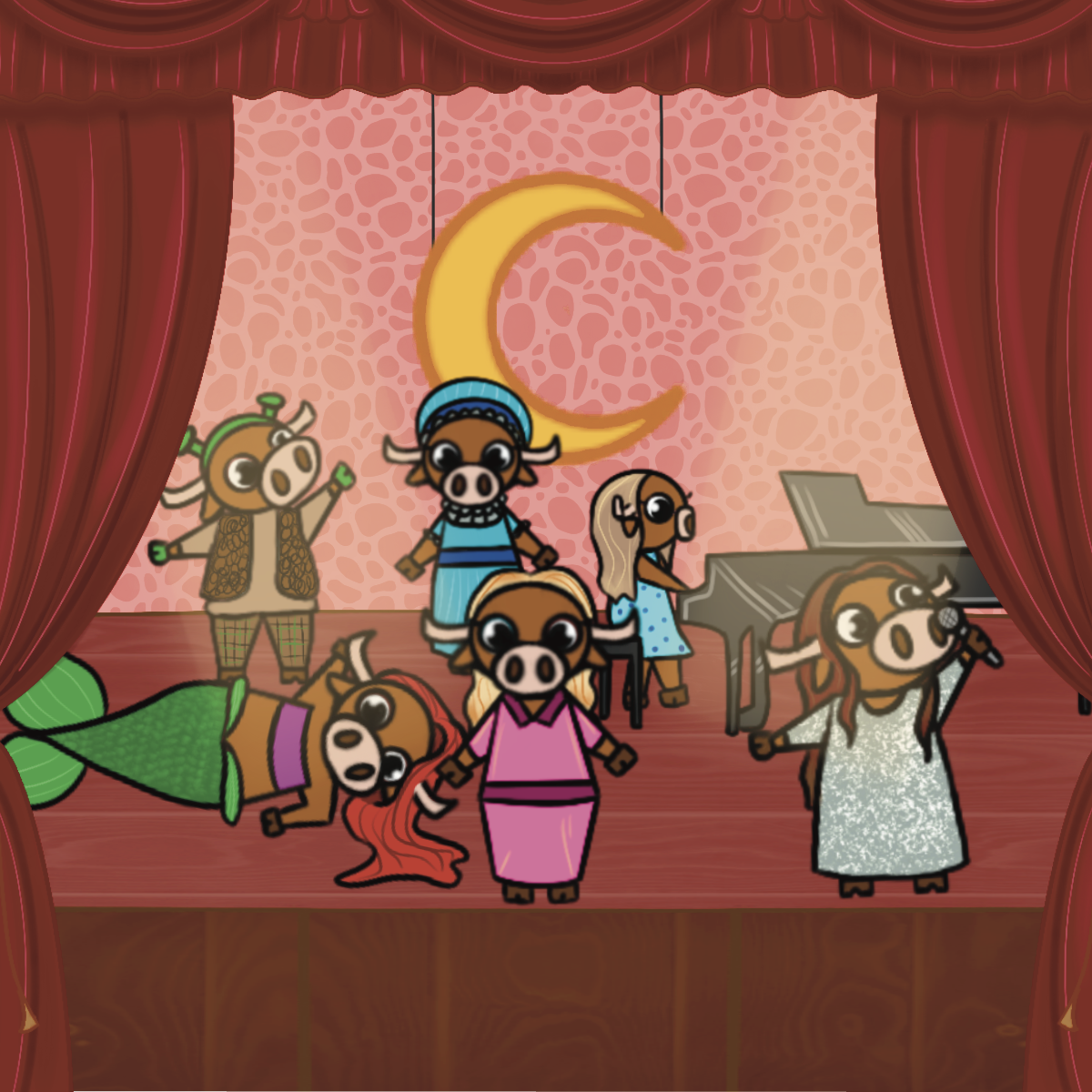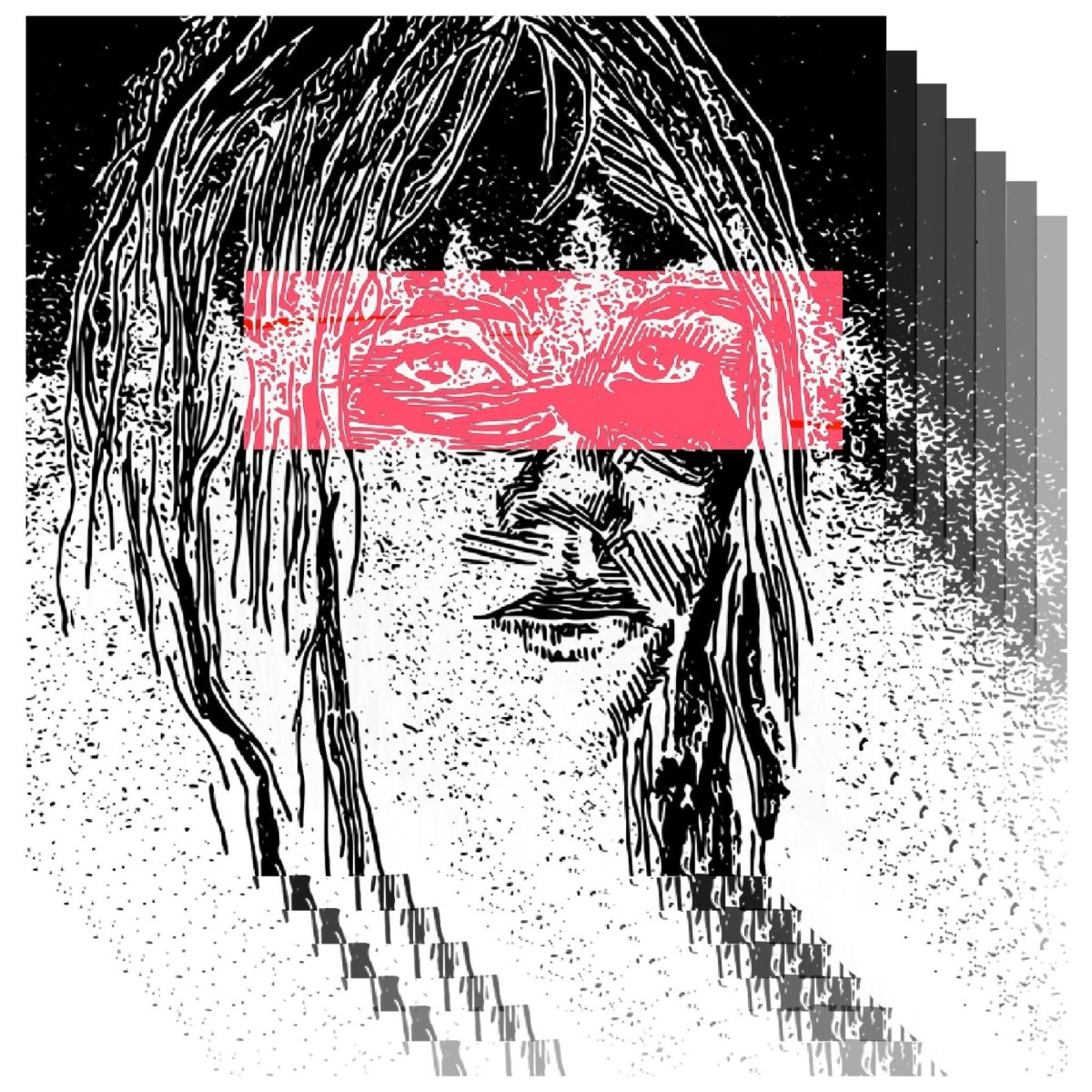A kaleidoscope of beads lights Juan Riaño’s stand as he lays out his handcrafts. One by one, the tricolor macaw birds, the threaded bracelets and the traditional wooden masks leave a piece of Putumayo, Colombia, on a busy West Campus intersection.
Between both ACL weekends, Juan Guillermo Riaño Florez’s Indigenous jewelry and photograph prints appeared along South Congress Avenue and in the shade of San Antonio Street outside the University. Riaño, the lead singer of Condormulticolor, said he travels between states selling handcrafts from different regions of Colombia, making a stop in Austin on his way to New York City.
“I took photographs of our heritage in the coffee area related to the nature, to the architecture and to the traditional parades,” Riaño said. “(Colombia) is full of culture. It is full of happiness, color, youth and people.”
Colombia’s culture spreads across 32 states, referred to as “departamentos” in Spanish. Riaño said he makes his handcrafts in Putumayo where tribes use ritual practices to connect with spirits and nature, like drinking the Ayahuasca plant brew. Riaño himself hails from the Quindío department, “the land of the Gods” in native Quechua language, known for its coffee, he said, and nested in the Andes mountains.
“I come from a place that is remote in Colombia, full of farmers,” Riaño said. “There are cultures everywhere that you can meet, find and preserve.”
Last month, Condormulticolor released a music video for their latest single, “Primera Fila,” in which Riaño roller skates in a Guacamaya bird costume with golden wings through the city. Growing up in the ‘90s, he said the rock scene originally influenced him, but that changed as he grew older.
“When you are young, you want to be alternative, disruptive, punk, electronic,” Riaño said. “But when you grow up, you start to recognize your own territory to preserve symbols. If I don’t work to preserve my heritage … I don’t have roots.”
Santiago Melo, a biology freshman and international student from Colombia, said Bogota serves as a hub for native artists because of their migration during the war, and each style differs depending on the region.
“One uses different colors, the other tries to embody different animals or textiles,” Melo said. “A famous one is from the Wayuu tribe in Guajira, and they make very beautiful bags that are called Mochila Wayuu.”
Melo said one of Colombia’s largest art festivals is in his hometown, Bogota, called the Expoartesanias. The festival helps people reach artists in more inaccessible areas, he said.
“It’s the roots of Colombia,” Melo said. “Showing that to other countries is very important. It’s also very beautiful.”
Computer science freshman David Mendieta lived in Bogota for 19 years before coming to UT. The galleries of arts in Bogota, he said, depict both violent and life-affirming art.
“A lot of Colombian art you will find (revolves) around violence because it’s our past,” Mendieta said. “However, Colombian art is not all about that. It’s also about life, about happiness, about colors.”

